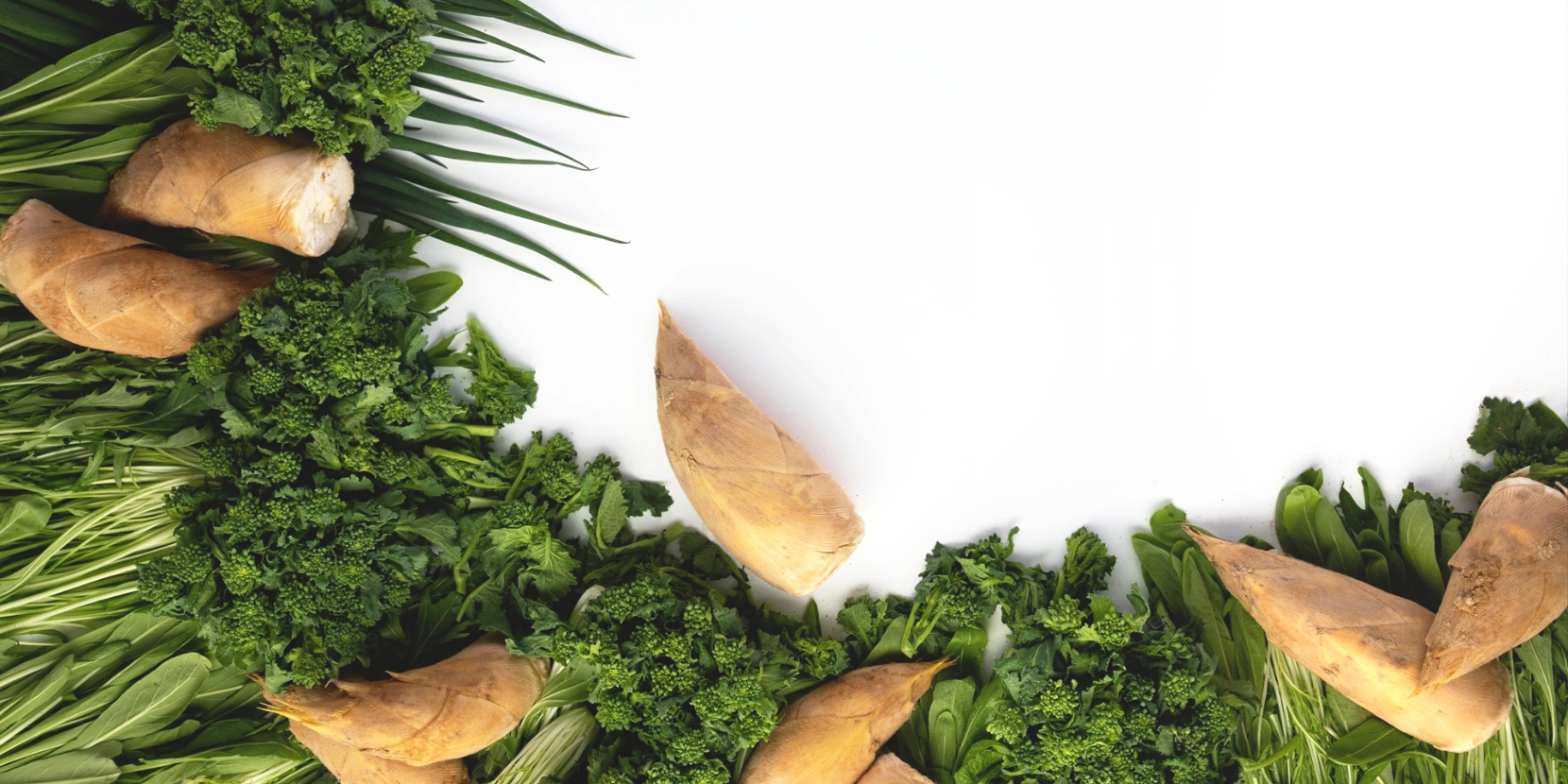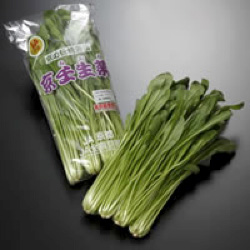京都府の農業

京のブランド産品
京壬生菜 Kyo Mibuna (Japanese variety of wild mustard) 京壬生菜

1800年代にみず菜の自然交雑で出来たといわれる壬生菜は、現在の中京区・壬生寺付近で多く作られていました。葉が細長くヘラのような形をしているのが特徴です。 元は大株でしたが、みず菜同様最近では、小株での周年出荷が多くなってきています。 ほんのり辛子の香があって、昔から京漬物の中でも千枚漬けに添えられ、高級品として扱われてきました。油揚げとの煮物はもちろん、サッとゆがいての和え物、サラダなど用途が豊富な京野菜です。ビタミンCや食物繊維が豊富なことも「京壬生菜」の特徴です。
京壬生菜の記事一覧
It is said that Mibuna was naturally produced as hybrids in the 1800s, from Mizuna plant and was largely produced in Central Kyoto, near where it is known today as Mibudera Temple. It is characterized by its long thin leaves, shaped like a spatula. They were originally sold in large stocks, but similar to Mizuna, shipments in small stocks increased all around the year. With a mild mustard aroma, it was added in Kyoto pickles a long time ago and has been handled as a luxury food item ever since. It can be used in various ways, such as for fried or boiled foods, marinated or in salads. Vitamin C and fiber richness are among the features of the Kyoto Mibuna plant.
Articles on Kyo Mibuna (Japanese variety of wild mustard)
於1800年與水菜自然配種產生的壬生菜,現在大多數栽種於中京區・壬生寺周邊區域。有者如扁平鏟子般的葉片是其特徵。原本實際大小也是大型蔬菜,但與水菜一樣近一年出貨量漸漸以小株的為大宗。帶有些微黃芥末香,自古以來被用於搭配裝飾京都漬物中的千枚漬,是被公認的高級品。除了與炸豆皮或燉煮物相當搭配之外,還能與川燙過的小菜一起涼拌,或是製成沙拉等等,是用途豐富的京野菜。含有豐富的維他命C及食物纖維是「京壬生菜」的一大特徵。
京壬生菜相關文章一覽
